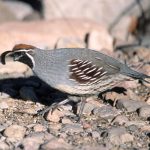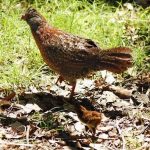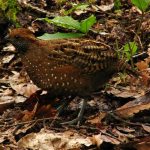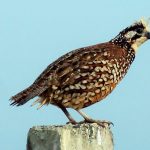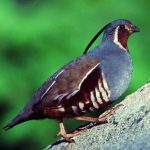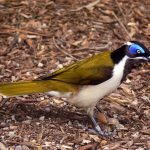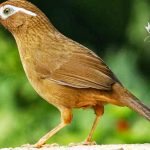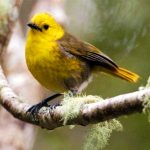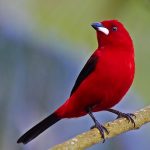Montezuma quail
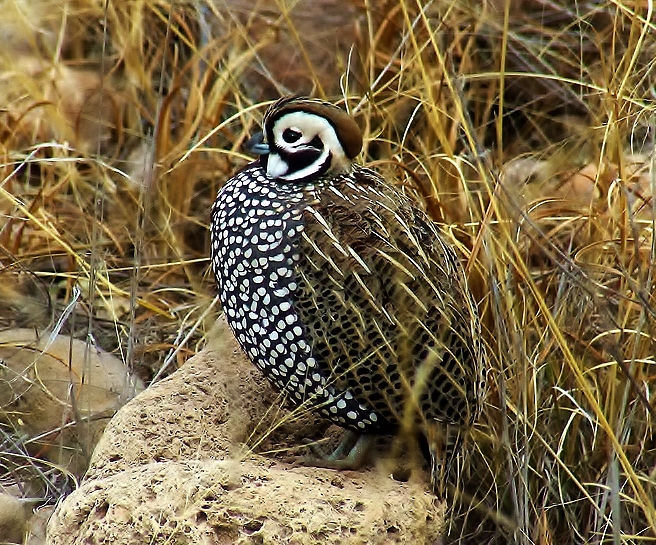
 |
| Photo by Simon Valdez (Flickr) |
Common name:
Montezuma quail (en); codorniz-de-Montezuma (pt); colin arlequin (fr); colín de Moctezuma (es); Montezumawachtel (de)
Taxonomy:
OrderGalliformes
Family Odontophoridae
Range:
This species is found across Mexico and marginally into the southern United States in Arizona, New Mexico and Texas.
Size:
These birds are 21-23 cm long and weigh 175-210 g.
Habitat:
The Montezuma quail is found in oak savannas, pine-oak woodlands, scrublands and mixed conifer woodlands, at altitudes of 1.000-3.000 m.
Diet:
They forage on the ground, digging for bulbs or succulent forbs and sedges, and picking seeds, acorns, fruits and some insects. The bulbs of Cyperus sp. are particularly important during winter.
Breeding:
Montezuma quails breed in June-August. They nest on the ground, in a structure woven with grass placed under vegetation cover. There the female lays 6-12 chalky white eggs, which are incubated by both parents for 25-26 days. The chicks leave the nest soon after hatching and are able to feed themselves, but follow the parents who show them where to find food. The chicks start flying 10 days after hatching and become independent about 1 week later.
Conservation:
IUCN status – LC (Least Concern)
This species has a large breeding range and the global population is estimated at 1,5 million individuals. The Montezuma quail has had stable population trends over the last 40 years so it is not threatened at present.
